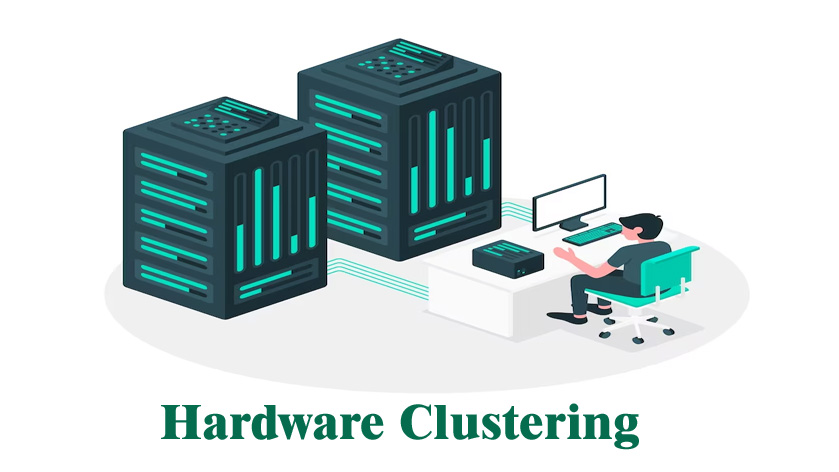Hardware clustering turns multiple servers into a cluster, also called an operating system cluster. It means that the group of working servers will act as one. This happens through a single control machine. This one machine will run the set of servers through its operating system. It uses different parts of hardware to achieve a single goal.
Hardware clustering involves either active or passive secondary hardware parts. The active components will run on their applications and processes, and the central controller will control passive hardware parts. Many IT professionals will use this clustering to work on enhanced system capacity and different data backup strategies.
This clustering strategy is analogized with application clustering. The particular software is used to control clustering servers in a virtualized setup. But there is a minus point for the clustering process that is costly.
Let us look at some of the critical aspects of hardware clustering:
- Hardware Clustering usually ensures the high availability Of clusters, so if one group fails, another will take on the job and complete the task on time.
- The clustering can easily be scaled by removing or adding servers accommodating growing workloads or needs.
- Clusters allow for more effective use of hardware resources since the task will be spread across multiple tools. It also includes a data replication mechanism to ensure that data is constantly available and up to date on all cluster nodes.
Types of Hardware Clustering
- Parallel processing clusters are used in HPC environments to divide an enormous task into smaller tasks handled by multiple nodes.
- Load balancing cluster: These clusters will distribute the incoming groups across multiple nodes to enhance performance and adequately utilize resources.
- Shared storage: Hardware clustering usually uses shared storage solutions such as storage area networks to ensure the data is constantly available across all nodes.

